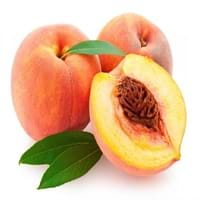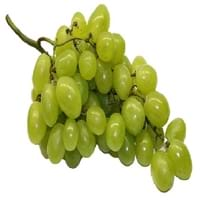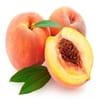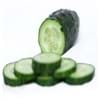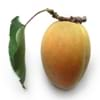Health Benefits
Cancer prevention, Heart care, Improves eye vision, Reduces stress, Regulation of heart rate
Cancer prevention, Kidney stone treatment, Prevents constipation, Treatment of alzheimer's disease
General Benefits
Anti oxidant properties, Eye care
Digestive aid, Improves eye vision, Maintains healthy cholesterol level, Treatment of migraine
Skin Benefits
Heals sunburn, Reduces wrinkles, Treatment of skin diseases
Anti-aging benefits, Heals sunburn, Skin rejuvenation, Treatment of dark spots
Hair Benefits
Prevents hair loss
Prevents hair loss, Regulates hair growth, Treatment of dandruff
Allergy Symptoms
Abdominal pains, Anaphylaxis, Breathing difficulty, Diarrhea, Dizziness, Hives, Itching, Lightheadedness, Nasal congestion, Nausea, Swelling of mouth, tongue or lips, Tingling sensation in mouth, Vomiting, Wheezing
Anaphylaxis, Asthma, Breathing difficulty, Coughing, Drop in blood pressure, Hives, Skin rash, Stuffy nose, Swelling of mouth, tongue or lips, Wheezing
Side Effects
Allergic reaction
Allergic reaction, Skin rash, Might slow down the process of blood clotting
Best Time to Eat
As a snack in the late afternoon, Eat the fresh ones, avoid mixing with any other foods, don't eat after meal., Morning time (before lunch)
As a snack in the late afternoon, Don't consume at night and before bed, Eat the fresh ones, avoid mixing with any other foods, don't eat after meal., Morning time (before lunch)
Vitamin B5 (Pantothenic Acid)
Vitamin C (Ascorbic Acid)
Vitamin K (Phyllochinone)
Calories in Fresh Fruit with Peel
Calories in Fresh Fruit without Peel
Not Available
Not Available
Season
Autumn, Summer
Autumn, Summer
Varieties
Reliance, Sweet Scarlet, Spring Snow, Sugar May, Santa Rosa, Red Beauty, Glowhaven, Cresthaven and Redhaven Peaches
Cabernet Sauvignon, Merlot, Pinot Noir, Syrah/Shiraz and Zinfandel
Color
Pink, Red, White, Yellow, Yellowish-orange
Green, Red
Inside Color
Yellow
Light Green
Origin
China
Western Asia, Central Europe
Soil Type
Sandy loam, Well-drained
Clay loam, Sandy loam
Climatic Conditions
Cold, Warm
Warm
Facts about
- In china, peaches are considered as a symbol of good luck.
- From 1982, august is National peach month in USA.
- In roman times, Peaches were also called as Persian apples, as people assumed that they originated from Persia.
- If left alone, a grapevine can spread 50 feet and even more.
- There are more than 8,000 varieties of grape worldwide.
- They are available in 7 different colors: red, green, white, black, purple, blue and golden.
Other Countries
Greece, Italy, Spain, United States of America
Argentina, Armenia, Australia, Chile, France, Iran, Italy, Portugal, Romania, Turkey, United States of America
Top Importer
Germany
United States of America
Botanical Name
Prunus persica
Vitis vinifera
Synonym
Not Available
Not Available
Subkingdom
Tracheobionta
Tracheobionta
Division
Magnoliophyta
Magnoliophyta
Class
Magnoliopsida
Magnoliopsida
Species
P. persica
Vitis vinifera
Difference Between Peach and Grape
We might think that Peach and Grape are similar with respect to nutritional value and health benefits. But the nutrient content of both fruits is different. Peach and Grape Facts such as their taste, shape, color, and size are also distinct. The difference between Peach and Grape is explained here.
The amount of calories in 100 gm of fresh Peach and Grape with peel is 39.00 kcal and 69.00 kcal and the amount of calories without peel is Not Available and Not Available respectively. Thus, Peach and Grape belong to Low Calorie Fruits and Low Calorie Fruits category.These fruits might or might not differ with respect to their scientific classification. The order of Peach and Grape is Rosales and Vitales respectively. Peach belongs to Rosaceae family and Grape belongs to Vitaceae family. Peach belongs to Prunus genus of P. persica species and Grape belongs to Vitis genus of Vitis vinifera species. Beings plants, both fruits belong to Plantae Kingdom.
